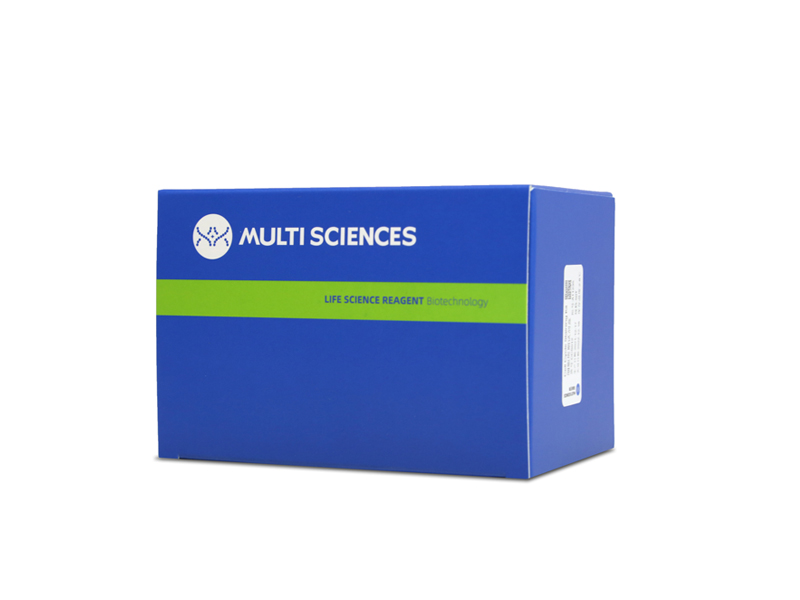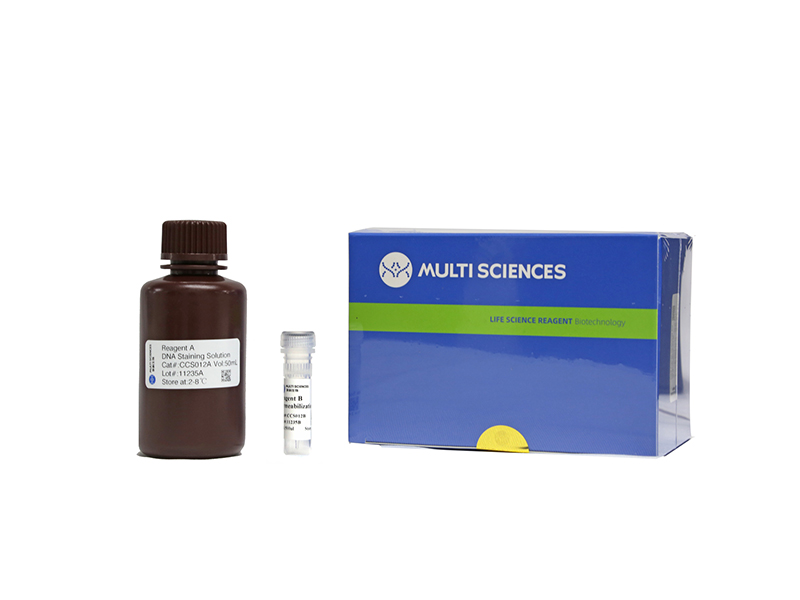Circular RNAs (circRNAs) have been identified from various tissues and species, but their regulatory functions during developmental processes are not well understood. We examined circRNA expression profiles of two developmental stages of bovine skeletal muscle (embryonic and adult musculus longissimus) to provide first insights into their potential involvement in bovine myogenesis. We identified 12?981 circRNAs and annotated them to the Bos taurus reference genome, including 530 circular intronic RNAs (ciRNAs). One parental gene could generate multiple circRNA isoforms, with only one or two isoforms being expressed at higher expression levels. Also, several host genes produced different isoforms when comparing development stages. Most circRNA candidates contained two to seven exons, and genomic distances to back-splicing sites were usually less than 50?kb. The length of upstream or downstream flanking introns was usually less than 105?nt (mean≈11?000?nt). Several circRNAs differed in abundance between developmental stages, and real-time quantitative PCR (qPCR) analysis largely confirmed differential expression of the 17 circRNAs included in this analysis. The second part of our study characterized the role of circLMO7-one of the most down-regulated circRNAs when comparing adult to embryonic muscle tissue-in bovine muscle development. Overexpression of circLMO7 inhibited the differentiation of primary bovine myoblasts, and it appears to function as a competing endogenous RNA for miR-378a-3p, whose involvement in bovine muscle development has been characterized beforehand. Congruent with our interpretation, circLMO7 increased the number of myoblasts in the S-phase of the cell cycle and decreased the proportion of cells in the G0/G1 phase. Moreover, it promoted the proliferation of myoblasts and protected them from apoptosis. Our study provides novel insights into the regulatory mechanisms underlying skeletal muscle development and identifies a number of circRNAs whose regulatory potential will need to be explored in the future.
文章引用产品
-
-
- CCS012
- 周期试剂盒
Cell Cycle Staining Kit 细胞周期检测试剂盒
-
¥390.00
-
- CCS012
- 周期试剂盒
Cell Cycle Staining Kit 细胞周期检测试剂盒
- ¥390.00



